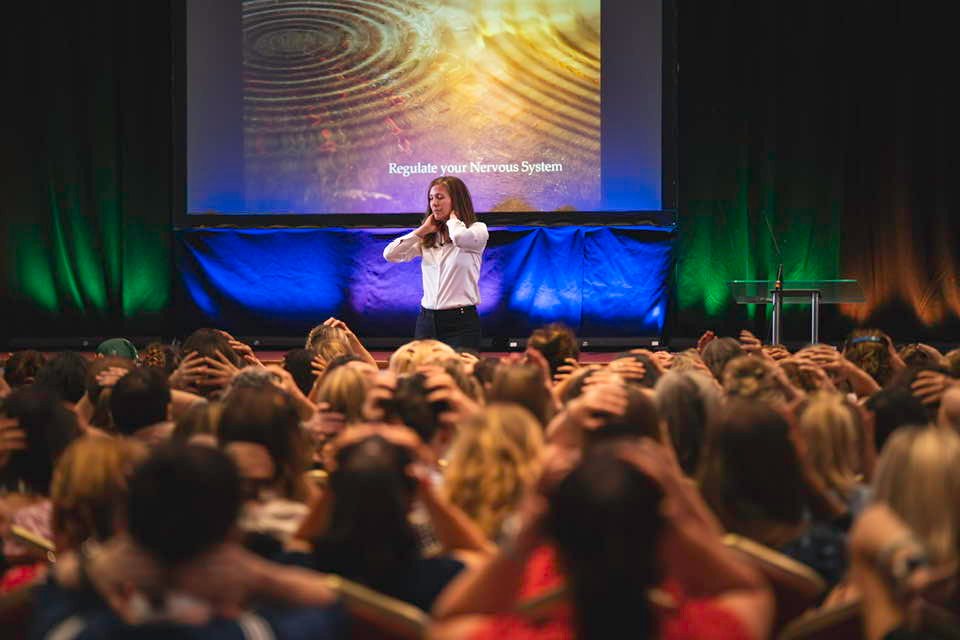By Lisa Dion, LPC, RPT-S
This is such an important question because the field has overemphasized the child’s process and has not emphasized the therapist’s process enough or the roll the therapist plays in the child’s healing. I tell my students all the time, “you are the most important toy in the playroom.” And it’s true, because at the end of the day it’s the relationship between the child and the therapist that ultimately is the healing agent in the room.
Science has revealed that right brain-attuned communication heals our clients. To effectively heal a child, the therapist must have a certain level of attunement within herself to be able to attune to a child in a way to engage in a deep level of collaborative communication. One of the principles that we use in Synergetic Play Therapy is “the setup” (or “the offering”). What this means is that through the projective process, the child isn’t just setting the toys up to feel what he feels (which has been a common understanding in the play therapy field), but he is also setting the therapist up to feel how he feels. Then, the client watches how the therapist handles the experience. We tend to miss this part of the equation. And part of the wisdom in that process is that children learn most through observation.
It’s not just children doing this—adults do this to each other too all day long. In fact there is never a time when we aren’t doing it! We are engaging with people through our language, tone of voice, pacing, our timing, movements, and we are offering them information to be able to catch a glimpse or a “felt sense” of what it feels like to be us in any given moment. In a sense, we set people up and then we watch how they handle the experience, and we look for new ideas and alternative strategies and solutions for how to manage our internal states. As an example in the play therapy room, a child who has a perception of feeling deeply controlled is going to show up in the playroom controlling the toys or the therapist—not because the child is bad and not because that behavior needs to be stopped and redirected, but rather so the therapist can feel what it feels like to be that child.
Then, within the paradigm of Synergetic Play Therapy, the therapist begins to name, move and modulate that energy so that she is then modelling to the child how the child can have a relationship with himself in the midst of that particular experience.
So when I say the therapist is the most important toy in the playroom, it’s true. The toys themselves don’t actually matter as much as the emotions and sensations that arise when the child plays with the toys. The toys are used to facilitate the relationship between the therapist and the child. So to have a play therapy session, what you really only need is a child and a therapist who is deeply attuned and willing to have a relationship with herself and willing to experience “the set up”. This allows her to engage in right brain to right brain collaborative communication enabling the child to begin to integrate the experiences and challenges that he hasn’t been able to thus far.






